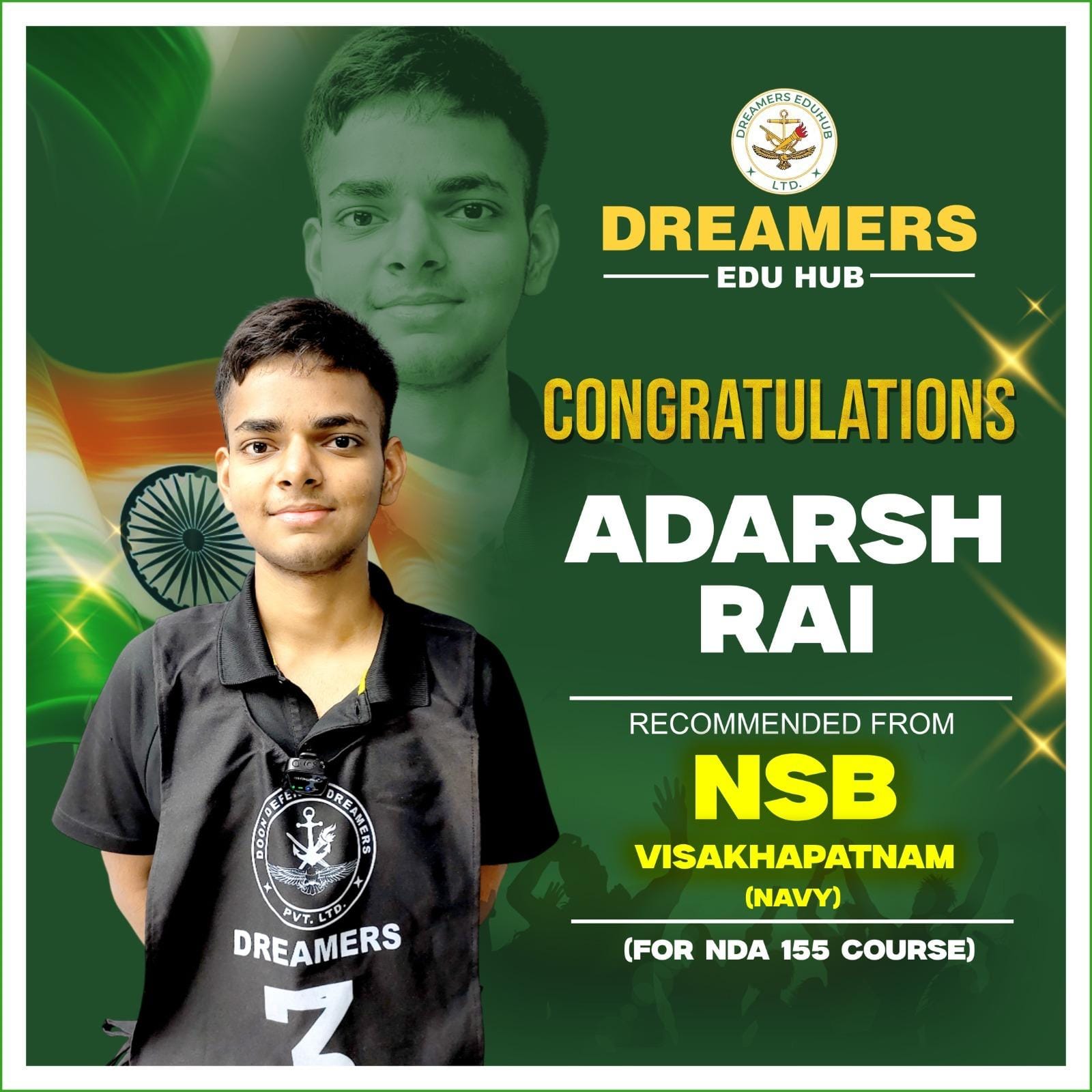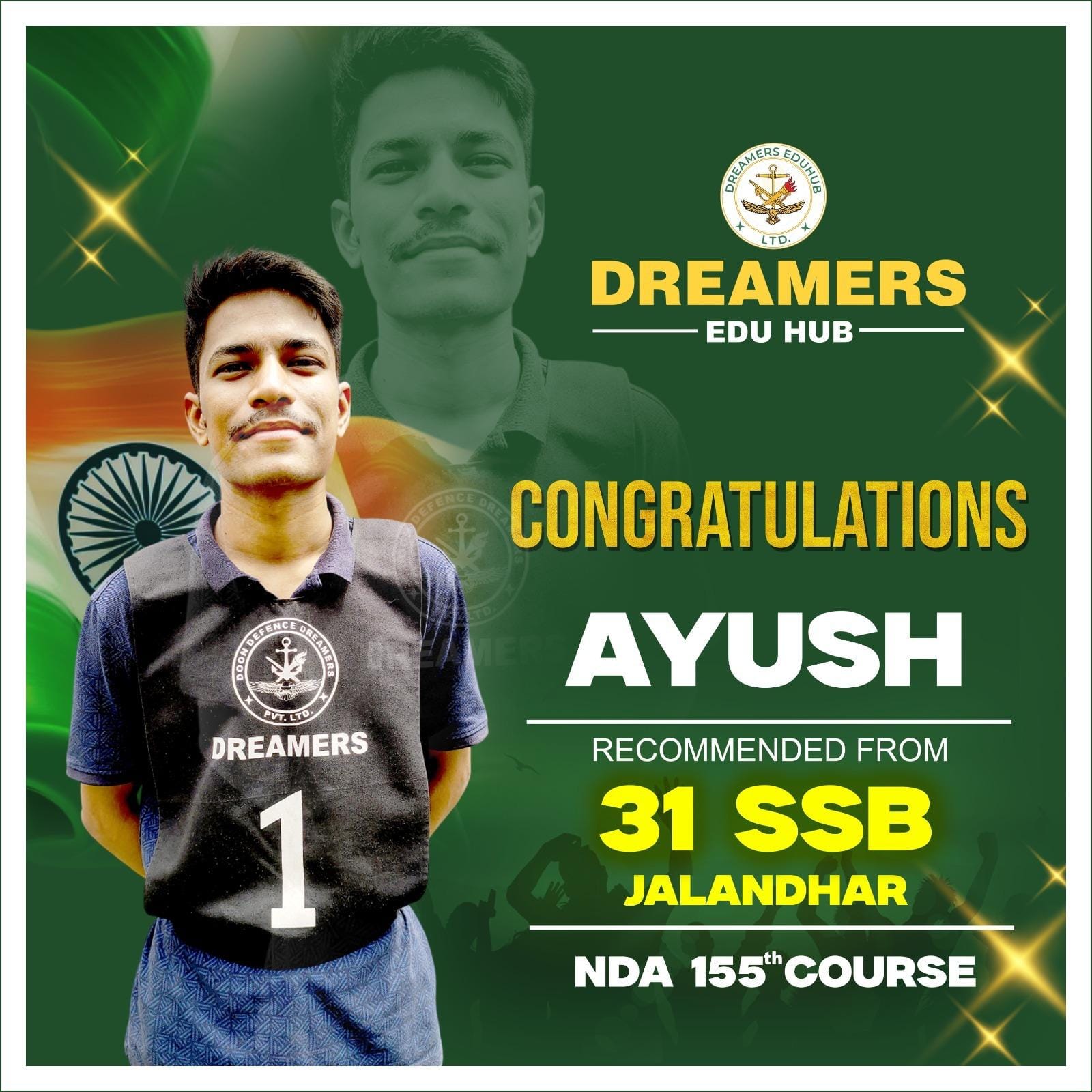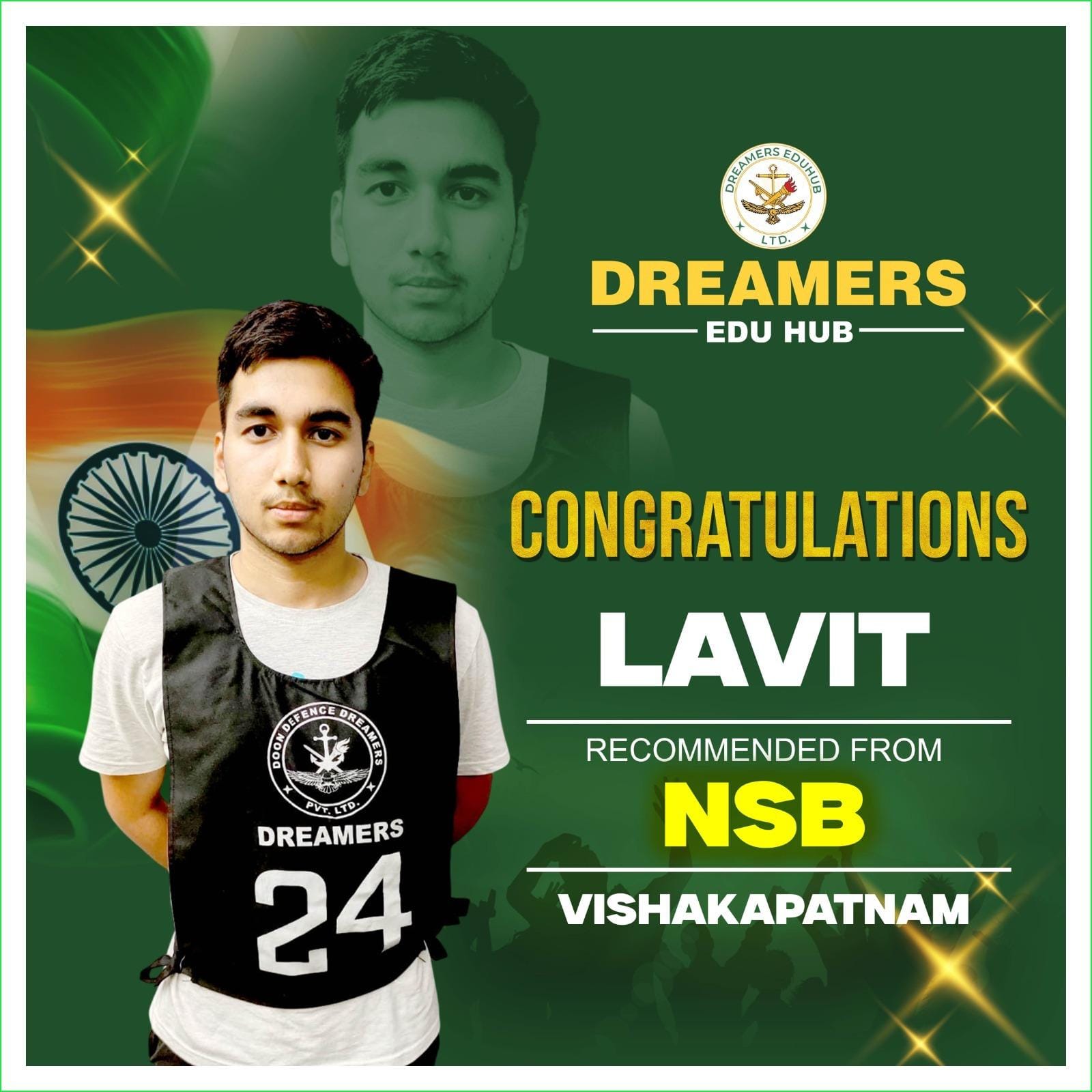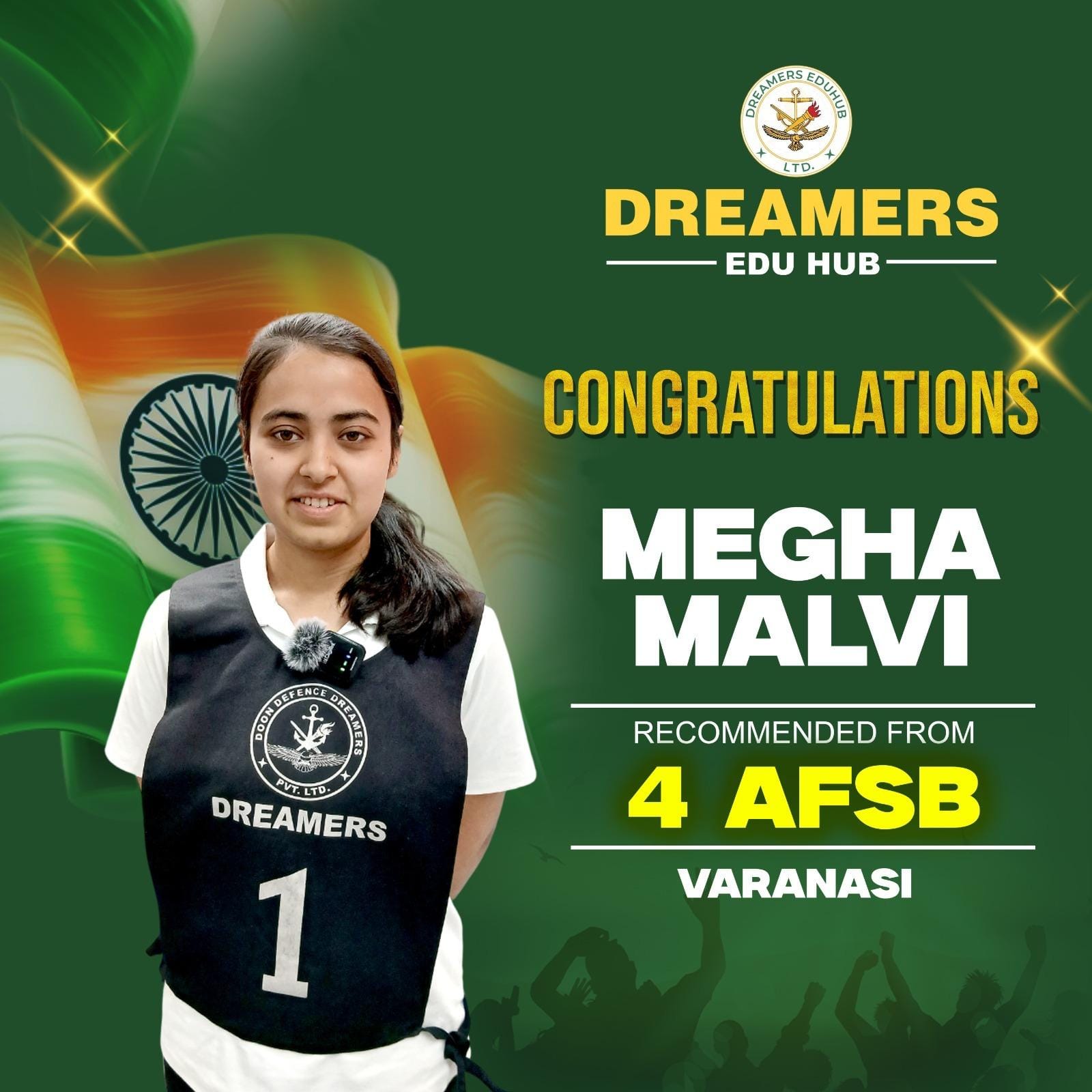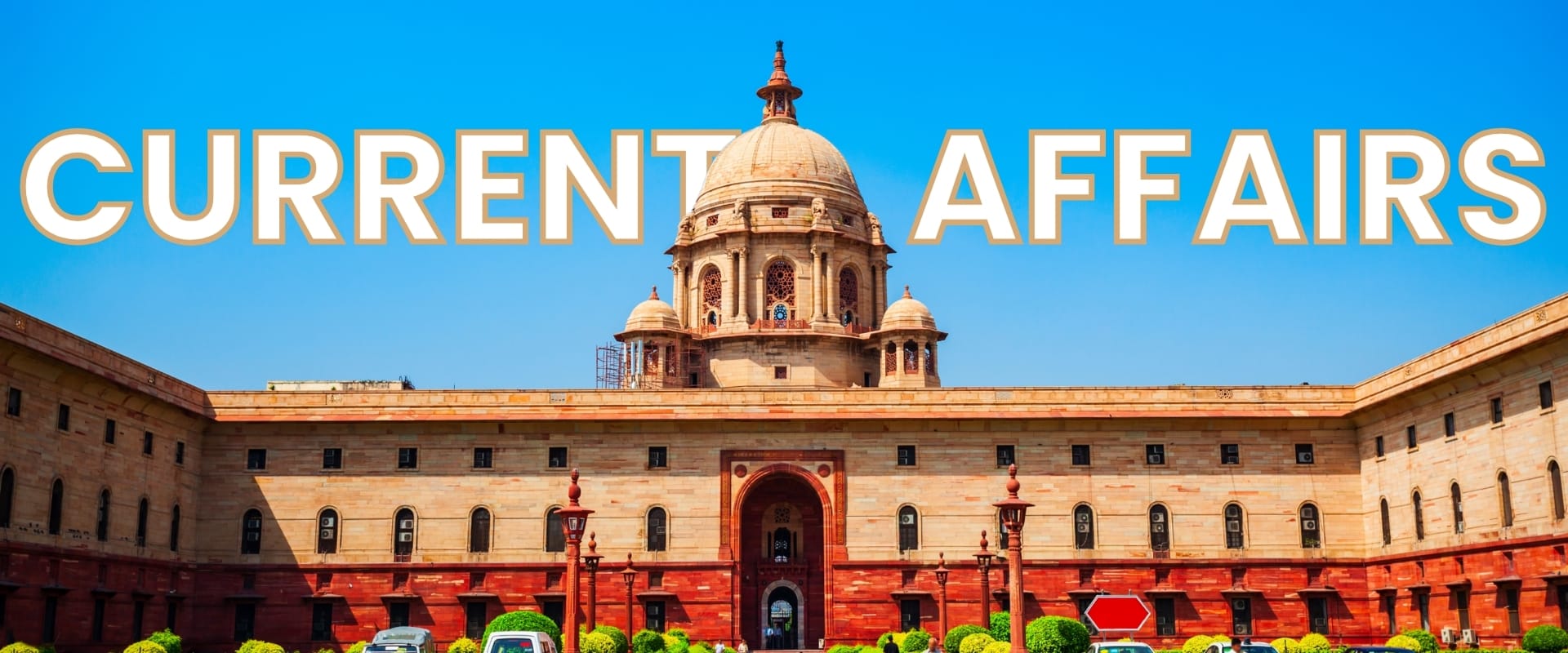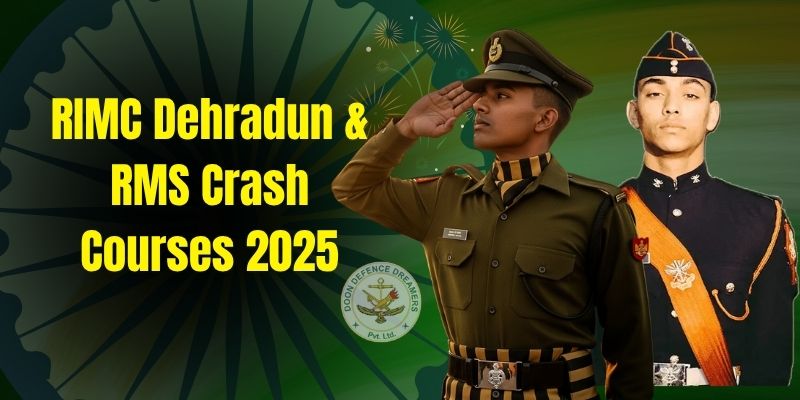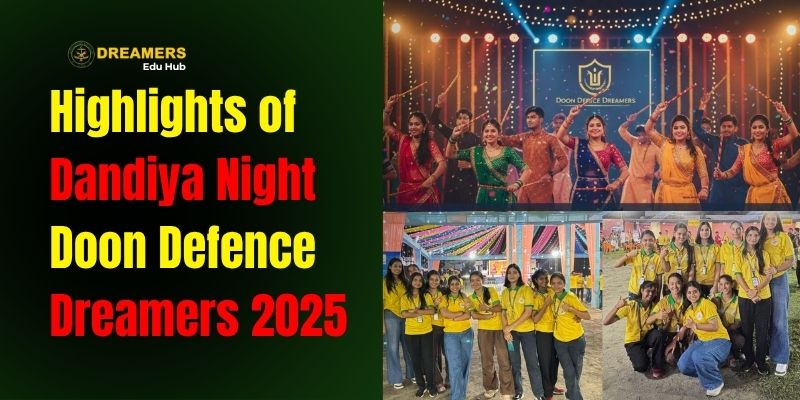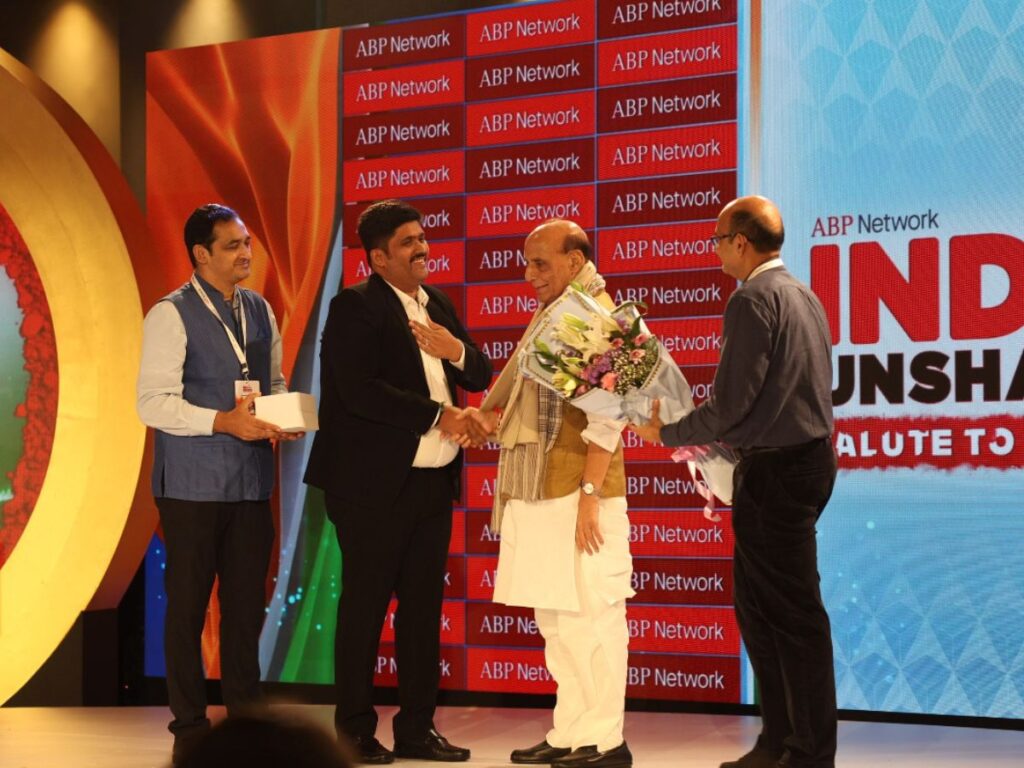Introduction
The Indian Armed Forces stand as a symbol of honor, sacrifice, and patriotism. Every year, thousands of young Indians aspire to join the Army, Navy, or Air Force with the dream of serving the nation. Among the premier institutions that groom officers for the Indian military are the National Defence Academy (NDA) and the Indian Naval Academy (INA).
Both NDA and INA are prestigious institutions, but their purpose, training methodologies, entry processes, and career outcomes differ significantly. NDA serves as a joint service academy that prepares cadets for all three wings — Army, Navy, and Air Force — up to a certain point, while INA is a specialized academy that trains cadets exclusively for the Indian Navy.
In this detailed article, we will explore the similarities, differences, entry routes, training, and career paths offered by NDA and INA, helping aspirants understand which path might suit their ambitions better.
Overview of NDA
The National Defence Academy (NDA), located in Khadakwasla, Pune, is the world’s first tri-service academy. Established in 1954, it is an institution where cadets of the Indian Army, Navy, and Air Force train together during the initial phase of their careers.
Duration of Training: 3 years at NDA + 1 year at the respective specialized academies (IMA, INA, AFA).
Degrees Offered: Cadets earn a bachelor’s degree (B.Sc., B.Sc. in Computer Science, or BA) from Jawaharlal Nehru University.
Objective: To build camaraderie among the three services while instilling academic excellence, physical robustness, leadership qualities, and discipline.
Overview of INA
The Indian Naval Academy (INA), situated at Ezhimala in Kerala, was commissioned in 2009 as the premier training institution for the Navy. It is Asia’s largest naval academy and provides specialized training to cadets aspiring to become naval officers.
Duration of Training: 4 years of integrated B.Tech program or shorter courses depending on entry scheme.
Degrees Offered: Engineering and science degrees (B.Tech) in various streams relevant to naval operations.
Objective: To produce officers equipped with the professional knowledge, leadership, and technical skills necessary for the Indian Navy.
Entry Routes into NDA and INA
Entry to NDA
The entry to NDA is primarily through the UPSC NDA Examination, conducted twice a year.
Eligibility:
Age: 16½ to 19½ years
Education: 10+2 (Physics & Mathematics required for Air Force/Navy; any stream for Army)
Selection Process:
Written Examination (Mathematics and General Ability Test)
SSB Interview
Medical Examination
Outcome:
Cadets who opt for Navy are sent to INA for 1 year after NDA.
Entry to INA
Entry to INA can happen directly or via NDA.
Through NDA: Navy aspirants spend 3 years at NDA, then move to INA for specialized training.
Direct Entry Schemes:
10+2 (B.Tech) Cadet Entry Scheme
NCC Special Entry
Graduate/Technical Graduate Entries
Eligibility:
Age: 16½ to 19½ years for 10+2 entry
Education: Physics, Chemistry, Mathematics at 10+2 for B.Tech scheme
Outcome:
Cadets undergo 4 years at INA (if through 10+2 scheme), graduating as naval officers with engineering degrees.
Training Differences
NDA Training
Duration: 3 years + 1 year specialized training.
Academics: BA, B.Sc., or B.Sc. (Comp Science).
Military Training: Drill, weapon handling, tactics, physical conditioning.
Joint Training: Army, Navy, and Air Force cadets train together, building inter-service understanding.
Post-NDA: Navy cadets transfer to INA for final specialized training.
INA Training
Duration: 4 years for B.Tech cadets, shorter for graduates/NCC entries.
Academics: B.Tech in Naval Architecture, Electrical, Electronics & Communication, Mechanical Engineering, etc.
Military Training: Seamanship, navigation, ship-handling, diving, and naval warfare.
Specialization: Entire training is Navy-oriented, with direct exposure to maritime operations.
Lifestyle and Culture
NDA:
Life at NDA is rigorous, with cadets following a fixed daily routine of PT, drills, academics, sports, and cultural activities. NDA is known for its emphasis on physical toughness and camaraderie across the three services.INA:
Life at INA is equally challenging but more Navy-specific, involving training on ships, simulators, and coastal operations. Cadets are immersed in maritime traditions and naval discipline from day one.
Career Path After NDA vs. INA
After NDA (Navy Wing):
Cadets undergo a year of training at INA after completing NDA. On passing out, they are commissioned as Sub Lieutenants in the Indian Navy.After Direct INA Entry:
Cadets graduate with a B.Tech degree and are commissioned as Sub Lieutenants. Their training emphasizes technical expertise required for modern naval warfare.Difference:
NDA builds inter-service unity and all-round leadership before specialization.
INA focuses directly on naval specialization, particularly technical knowledge.
Key Differences Between NDA and INA
| Aspect | NDA | INA |
|---|---|---|
| Type | Tri-service academy (Army, Navy, Air Force) | Specialized naval academy |
| Location | Khadakwasla, Pune | Ezhimala, Kerala |
| Entry Route | UPSC NDA Exam | Direct entries + NDA graduates |
| Training Duration | 3 years (NDA) + 1 year specialized | 4 years (B.Tech) or shorter for other entries |
| Academics | BA, B.Sc., B.Sc. (Computer Science) | B.Tech (Naval Architecture, Electronics, etc.) |
| Focus | General military + academics + inter-service bonding | Navy-specific technical and maritime training |
| Commission | Army, Navy, Air Force depending on choice | Exclusively Navy |
Which Path Should You Choose?
The choice between NDA and INA depends on your career goals and interests.
Choose NDA if:
You are unsure about which service (Army, Navy, Air Force) you want to join.
You want broader exposure and training with all three services.
You prefer academic degrees (BA/B.Sc.) with leadership development.
Choose INA if:
You are passionate about the Navy and maritime life.
You have strong interest in engineering, technology, and the sea.
You want to specialize early and directly join the naval environment.
Doon Defence Dreamers: Your Path to NDA and INA Success
For aspirants aiming to clear the NDA or INA entry exams, proper guidance and structured preparation are essential. This is where Doon Defence Dreamers, a leading defence coaching institute in Dehradun, plays a crucial role.
The academy offers:
NDA Coaching: Covering Mathematics, General Ability Test, English, and SSB preparation.
INA-Focused Guidance: Special emphasis on candidates applying through the Navy B.Tech entry scheme.
Mock Tests & Practice Sessions: Regular tests to simulate the real UPSC exam.
SSB Interview Training: Comprehensive preparation for psychology tests, group tasks, and personal interviews.
Physical Training: Fitness routines to prepare aspirants for the rigorous demands of military academies.
With highly experienced faculty and a proven track record, Doon Defence Dreamers ensures that aspirants are well-prepared to secure their place in NDA or INA and begin their journey toward becoming officers in the Indian Armed Forces.
Recent Blogs
- NDA 2 2025 Answer Key (All Sets A/B/C/D) Maths – Check it out
- NDA 2 2025 Answer Key (All Sets A/B/C/D) GAT – Check it out
- NDA 2 2025 Expected Cut-Off – Check it out
Conclusion
Both the National Defence Academy (NDA) and the Indian Naval Academy (INA) are prestigious gateways into the Indian Armed Forces. While NDA offers a joint-service environment with tri-service exposure, INA provides specialized and technical training focused on naval careers.
Understanding the differences helps aspirants choose the path that aligns with their interests, whether it is exploring a broad-based military career through NDA or embracing naval specialization at INA.
With dedication, preparation, and expert guidance from institutions like Doon Defence Dreamers, every aspirant can turn their dream of wearing the uniform into reality.


